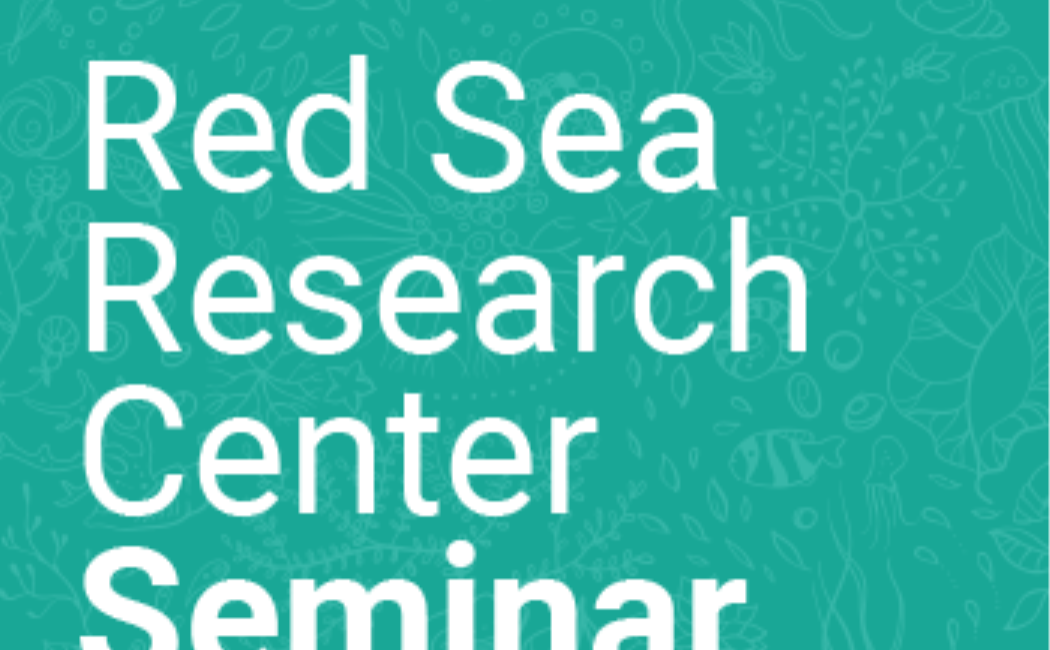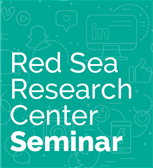



Speaker 1: Chunzhi Cai, PhD Student
Title: Major and trace element concentrations of the zooplankton from the Red Sea, Saudi Arabia
Abstract: Zooplankton are interesting groups for heavy metal studies. In this study, 8 Red Sea zooplankton samples were subjected to elemental analyses. The average elemental concentrations were ranked as: TOC > Na > TN > Ca > S > K > Mg > Sr > P > Fe > Zn > Al > B > Ba > As > Mn > Cu > Cr > Ni > Pb > Cd > Se > Co. There was a significantly positive correlation between the deep chlorophyll maximum (DCM) Chl-a concentrations and the zooplankton Mo concentrations (R2=0.7100, p < 0.05) around the 8 sampling stations. Except that, remarkably negative correlations between the zooplankton S, Mn, Fe, and Cu concentrations and the DCM depths were observed (p < 0.05). After normalization by total nitrogen (TN) concentrations, the zooplankton Al, S, Mn, Fe, Ni, Cu, Zn, As, Sr, Ba concentrations were significantly increased along with the latitudes of their sampling stations (p < 0.05), indicating higher heavy metal concentrations in the North part of the sampling areas, which were close to the Yanbu, Rabigh and Jeddah oil refining plants.
Speaker 2: Afrah Alothman, PhD Student
Title: The contribution of heterotrophic bacteria to the carbon flow into higher trophic levels in the Red Sea
Abstract: In oligotrophic Red Sea, bacteria production (BP) might be a significant source of carbon that could be potentially transferred to higher trophic levels in the food web. A total of 9 stations have been studied for bacterial production (BP) and primary production (PP) rates along the Red Sea including open water, lagoon and reef stations. The study aims to investigate the role of heterotrophic bacteria as a carbon source that could be potentially transferred to the food web through microbial loop. Net primary production NPP (13C-HCO3), bacterial production BP (13C-D-glucose<1.2µm) and the carbon transferred to the food web via bacterial production CTB (13C-D-glucose>1.2µm) were measured using cavity ring-down spectroscopy. Our preliminary results showed that in all the stations bacterial production was approximately a 10 time lower magnitude than NPP on average of (9.59 ± 5.14 NPP and 1.56 ± 0.44 BP) corresponding results shown by Cole et al, (1988). We found that CTB was high, exceeding the values of NPP in most of the stations. The ratio of CTB/NPP ranged from 1.14 -to 7.7; and increased with decreasing Chl-a concentration, indicating that carbon transfer from bacteria increased in the most oligotrophic waters. Our direct bacterial production carbon measurement emphasizes that BP reported in our study relative to the NPP could be a significant carbon source to the food web in the Red Sea. Our results are in agreement with a larger role of the microbial loop in oligotrophic Red Sea waters.